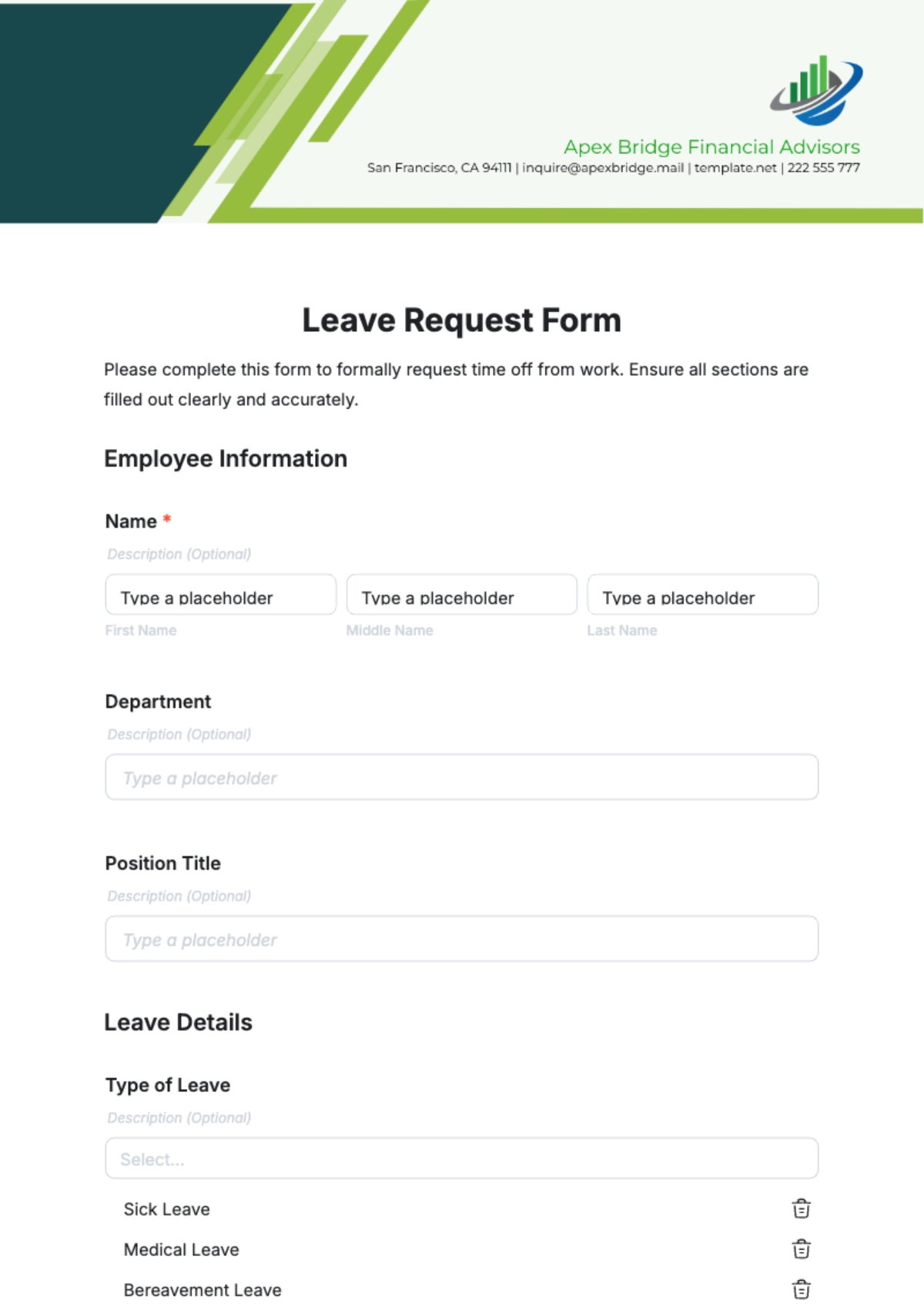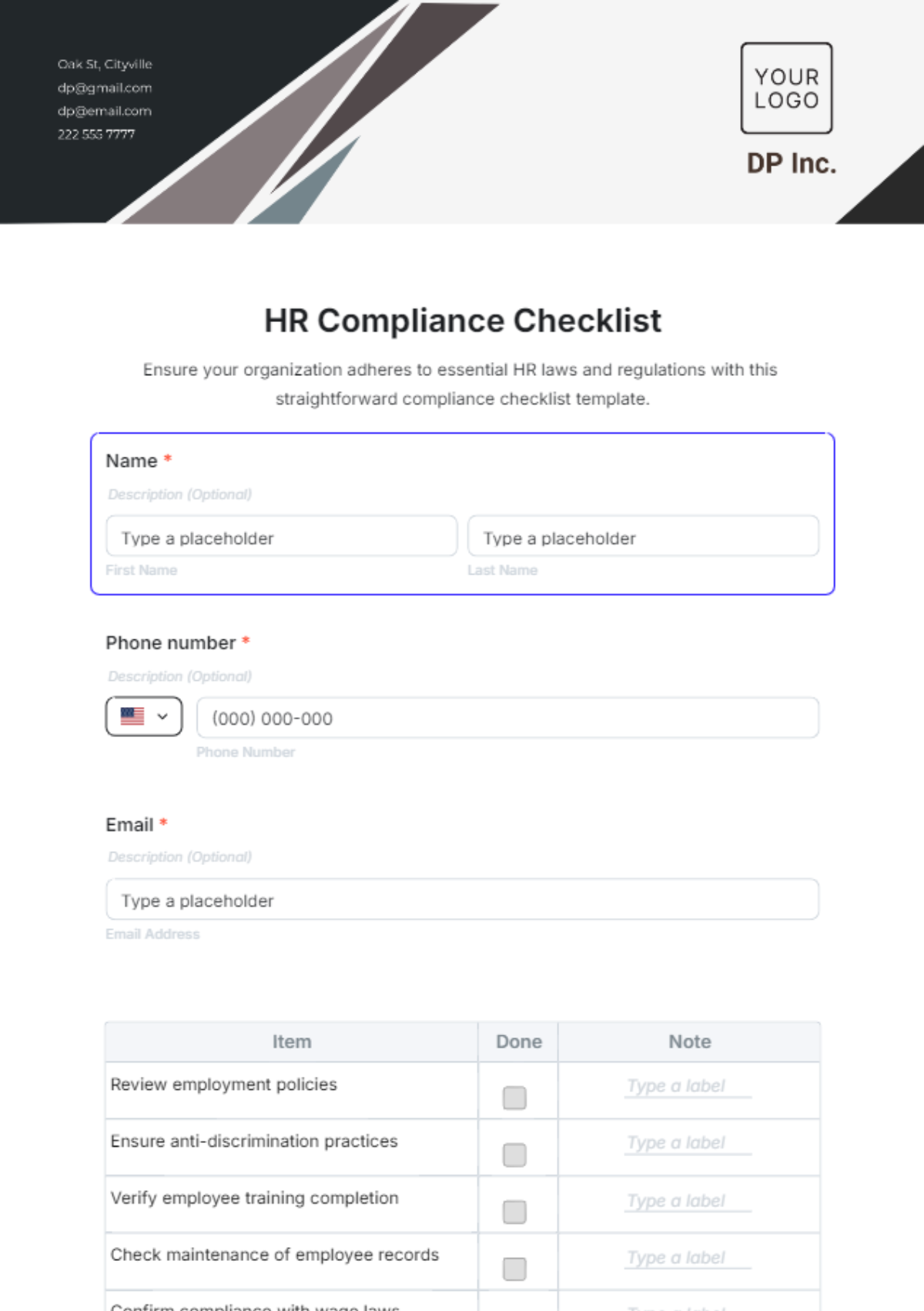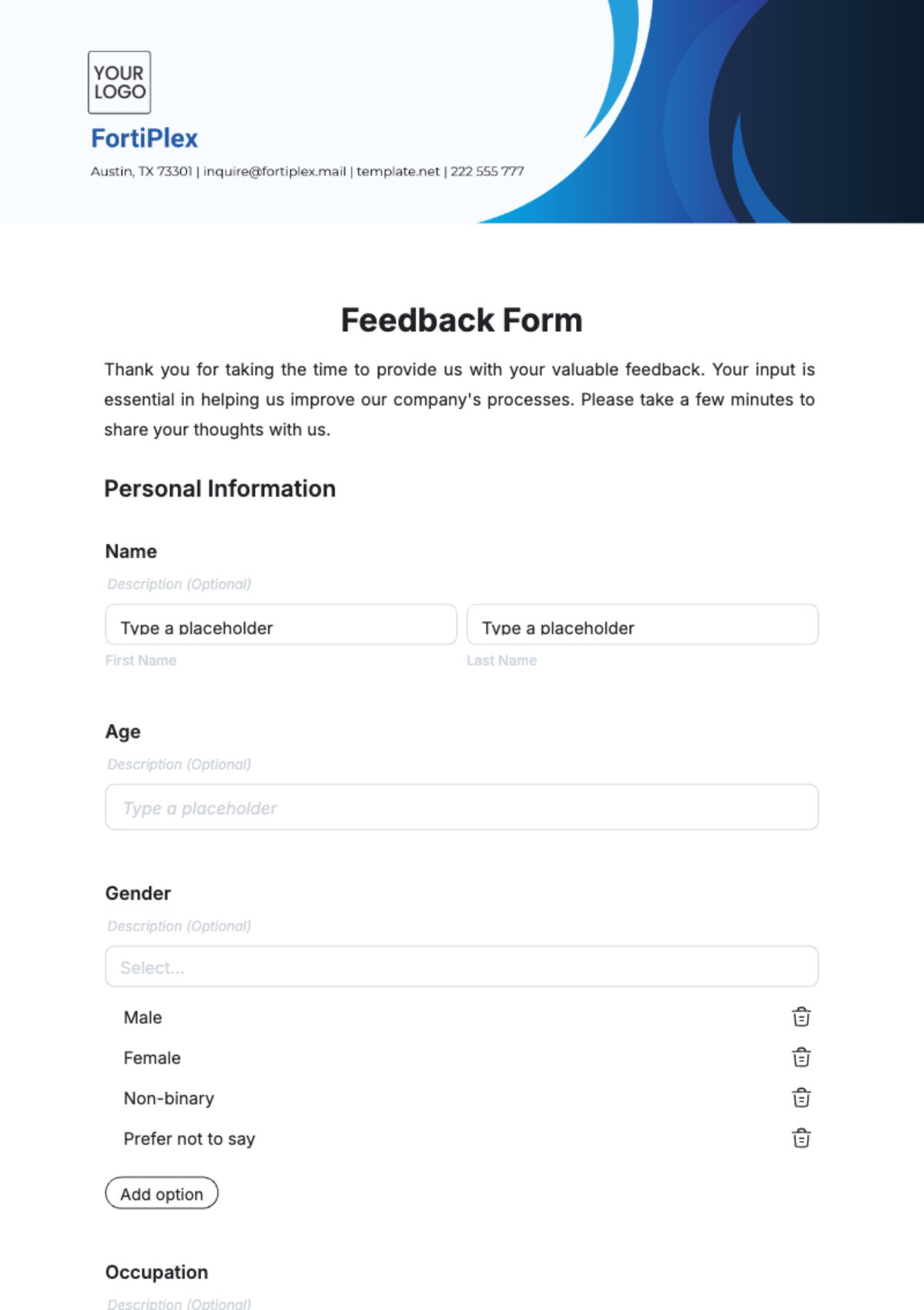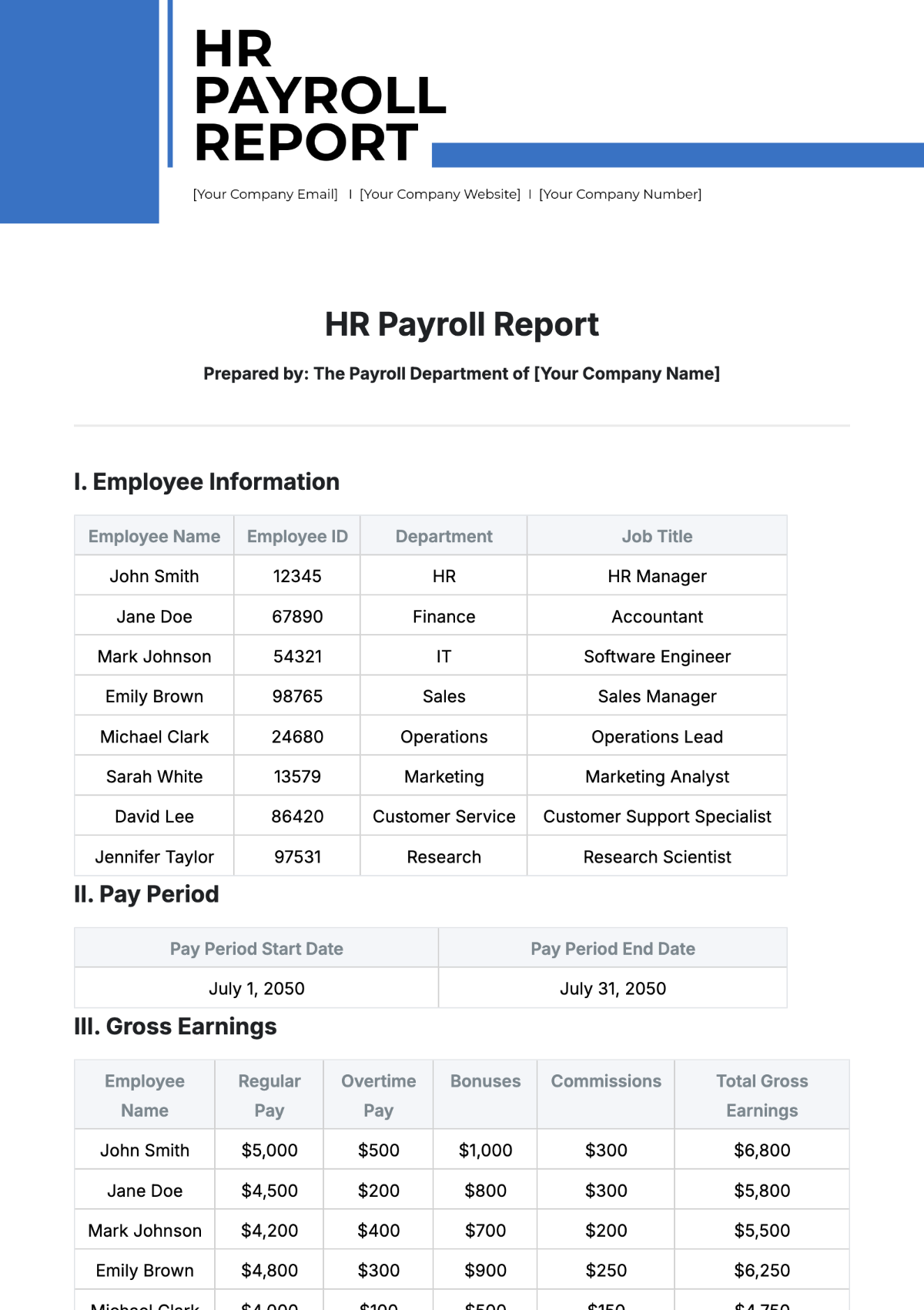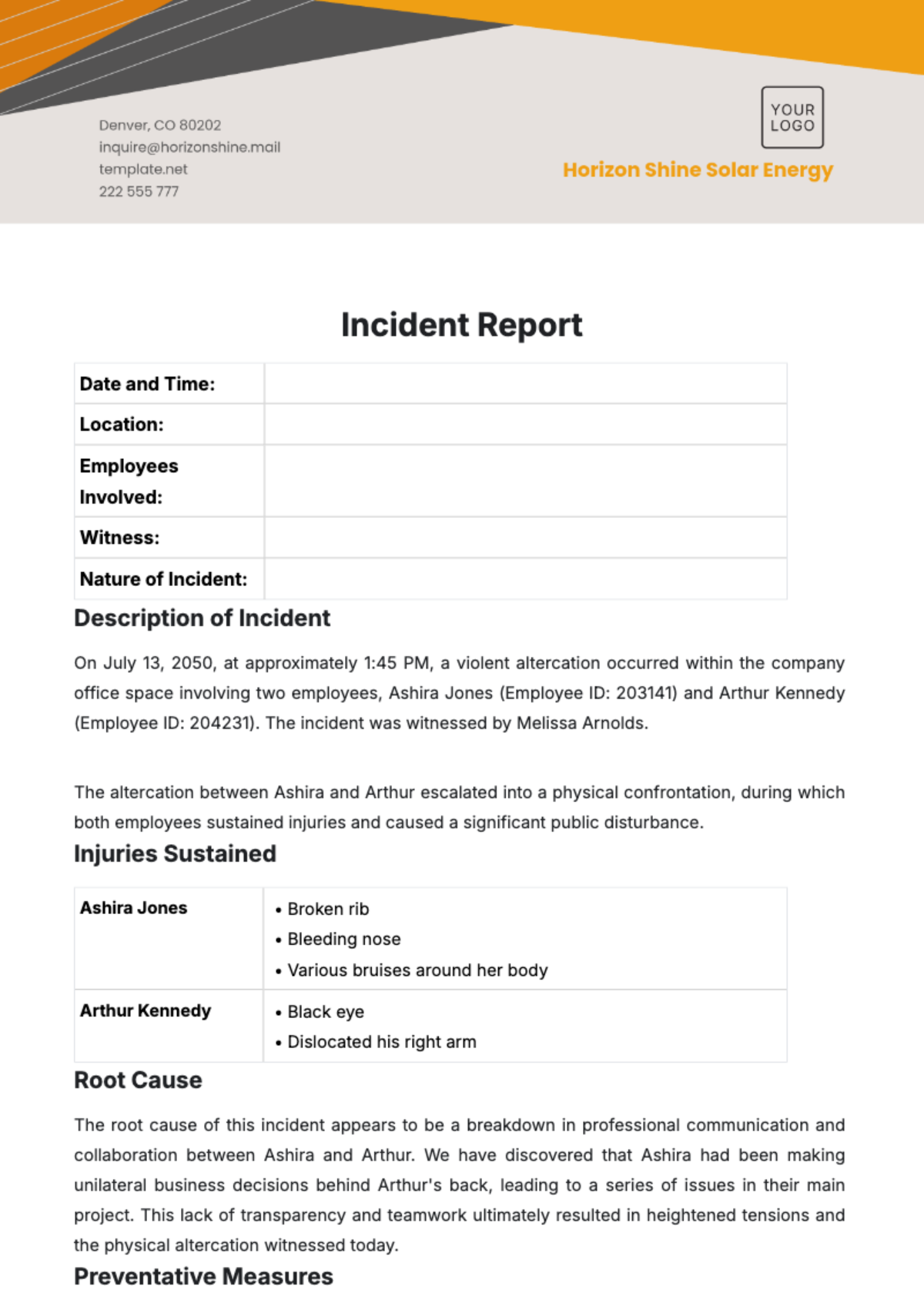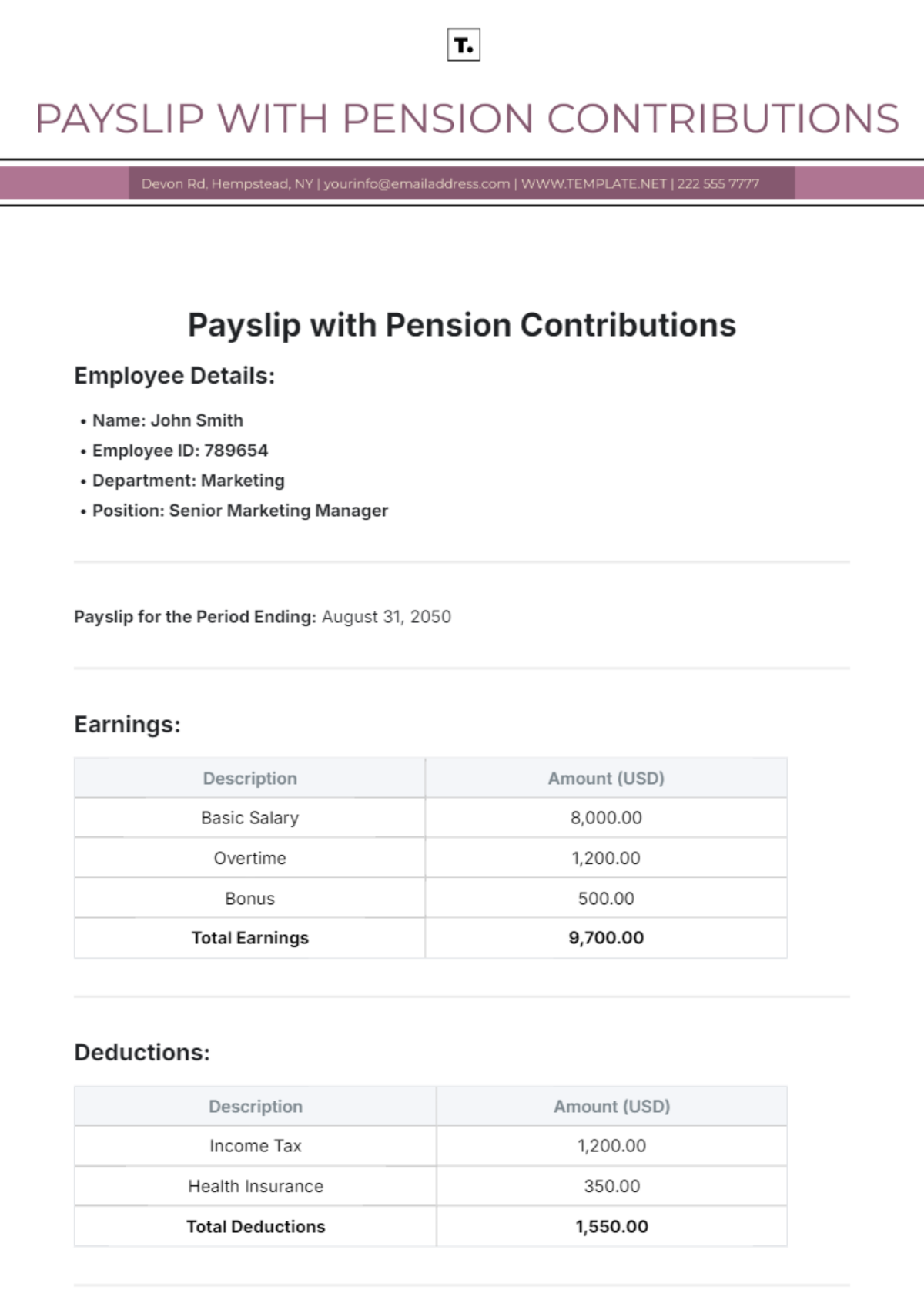Recruitment Metrics
Standard Operating Procedure
Table of Contents
1. Purpose and Scope 3
2. Responsibilities 4
3. Data Collection 5
4. Data Accuracy 6
5. Metric Definitions 7
6. Metric Calculation 8
7. Data Analysis 9
8. Reporting 10
9. Benchmarking 10
10. Continuous Improvement 12
11. Data Security and Privacy 12
12. Training 12
1. Purpose and Scope
1.1 Purpose
The purpose of this Recruitment Metrics Standard Operating Procedure (SOP) is multi-faceted and pivotal to our organizational success. It serves as a comprehensive guide to establishing standardized procedures for measuring, analyzing, and optimizing recruitment metrics at [Your Company Name]. This SOP is designed to fulfill the following objectives:
1.1.1 Ensuring Consistency: By setting clear guidelines and processes, this SOP ensures that recruitment data is collected, analyzed, and reported consistently across all departments and teams within [Your Company Name]. This consistency is essential for accurate assessments and decision-making.
1.1.2 Enhancing Accuracy: By outlining data validation and cleansing procedures, this SOP emphasizes the critical importance of data accuracy. Accurate metrics form the foundation for making informed recruitment strategies and improvements.
1.2 Scope
The scope of this SOP is extensive, covering various facets of recruitment metrics management within [Your Company Name]. It encompasses the measurement and analysis of a wide range of recruitment metrics, including but not limited to:
1.2.1 Time-to-Fill: This metric evaluates the efficiency of our recruitment process by measuring the number of days it takes to fill a vacant position from the date the job requisition is opened.
1.2.2 Cost per Hire: A vital metric that calculates the total recruitment expenses divided by the number of hires, helping us assess the cost-effectiveness of our talent acquisition strategies.
1.2.3 Applicant-to-Interview Ratio: This metric provides insights into the quality of our initial screening process, as it measures the ratio of applicants who progress to the interview stage.
2. Responsibilities
2.1 Roles and Responsibilities
Effective management of recruitment metrics requires a well-defined set of roles and responsibilities to ensure that data is collected, analyzed, and leveraged to its full potential. The following roles and responsibilities are outlined within [Your Company Name]:
2.1.1 [Your Company Name] HR Team:
Data Collection, Entry, and Validation:
Members of the [Your Company Name] HR Team play a pivotal role in the data lifecycle. They are responsible for collecting, entering, and validating recruitment data with precision and timeliness. This ensures the integrity of our metrics, making them reliable sources for decision-making.
Data Analysis and Reporting:
Another crucial responsibility of the HR Team is the analysis of collected data and the generation of insightful reports. By transforming raw data into actionable information, they contribute to informed recruitment strategies and process enhancements.
2.2 Collaboration and Accountability
Collaboration among team members, departments, and stakeholders is fundamental to the success of this SOP. Responsibilities outlined in this document should be carried out with a strong sense of accountability, and all involved parties should work in harmony to achieve the following:
2.2.1 Cross-Functional Collaboration:
Recruitment metrics are not confined to the HR department alone. They impact various aspects of the organization, from budgeting to workforce planning. It is essential that HR collaborates seamlessly with other departments and teams to ensure that recruitment strategies align with broader organizational objectives.
2.2.2 Accountability for Data Accuracy:
Every team member involved in data collection and entry, including the HR Team and [Your Name], must be accountable for the accuracy of the data they handle. This ensures that the metrics generated are reliable and reflective of the true recruitment landscape.
3. Data Collection
3.1 Data Sources
Accurate and comprehensive data collection is the cornerstone of effective recruitment metrics management. To ensure the reliability of our metrics, we rely on multiple trusted data sources within [Your Company Name]:
3.1.1 Applicant Tracking System (ATS):
Our ATS serves as a central repository for recruitment-related data. It captures crucial information about job openings, applicants, interviews, and hires. The ATS provides a real-time, organized, and structured source of data that forms the backbone of our metrics.
3.1.2 HR Software:
In addition to our ATS, our HR software contributes valuable data points related to employee onboarding, performance, and retention. This integration enables us to connect recruitment efforts with employee outcomes, fostering a holistic view of our talent acquisition process.
3.2 Data Collection Procedures
3.2.1 Frequency:
Data collection is an ongoing process, and the frequency of data updates varies based on the nature of the data source. It is imperative to ensure that data is current and reflective of the latest recruitment activities.
3.2.2 HR Team Responsibility:
The [Your Company Name] HR Team bears the primary responsibility for data collection. This involves not only the timely input of data into our systems but also ensuring that the data is accurate, consistent, and complete.
3.2.3 Data Security Measures:
Data collected from various sources, including the ATS and HR software, should be handled with the utmost care to maintain data security and privacy. Data access should be restricted to authorized personnel only, and encryption and other security measures should be in place to protect sensitive information.
3.2.4 Validation and Quality Assurance:
To maintain data accuracy, regular validation checks should be conducted. This includes data consistency checks to ensure uniformity across sources and duplicate removal to eliminate redundancy. Data cleansing procedures should be followed to remove irrelevant data and correct errors.
4. Data Accuracy
4.1 Data Validation
To ensure the highest level of data accuracy, [Your Company Name] employs a rigorous data validation process. This process involves regular checks and measures to maintain data integrity:
4.1.1 Data Consistency Checks:
Our team conducts ongoing data consistency checks to ensure that data across various sources, including the ATS, HR software, and spreadsheets, remains uniform and coherent. Any discrepancies are identified and resolved promptly.
4.2 Data Cleansing
4.2.1 Irrelevant Data Removal:
We understand the importance of data relevance. We regularly review and eliminate irrelevant or outdated data to keep our datasets focused and accurate. This ensures that our metrics reflect current recruitment realities.
4.3 Data Security and Privacy Compliance
Data accuracy also involves protecting sensitive information and ensuring compliance with data security and privacy regulations:
4.3.1 Data Security:
Data is stored securely on our designated servers. Access controls are strictly implemented to restrict unauthorized access to sensitive information. Encryption and other security measures are employed to safeguard data.
4.3.2 Data Privacy:
[Your Company Name] is committed to complying with all relevant data privacy regulations, including GDPR, HIPAA, or any other applicable laws. We handle data with strict confidentiality, ensuring that it is used only for its intended purposes.
5. Metric Definitions
5.1 Definitions
In-depth understanding of the metrics we track is crucial for meaningful analysis and decision-making. Here are definitions for some of the key recruitment metrics we monitor:
5.1.1 Time-to-Fill:
Time-to-Fill measures the number of days it takes to fill a vacant position from the date the job requisition is opened. A shorter time-to-fill indicates an efficient recruitment process.
6. Metric Calculation
6.1 Calculation Formulas
Understanding how metrics are calculated is fundamental to their interpretation and utilization. Here are the formulas for some of our key recruitment metrics:
6.1.1 Time-to-Fill Formula:
Time-to-Fill = (Date of Hire - Date of Job Requisition Opening)
6.1.2 Cost per Hire Formula:
Cost per Hire = Total Recruitment Expenses / Number of Hires
6.2 Metric Calculation Procedures
Metrics calculation involves specific procedures and data sources:
6.2.1 Data Sources:
Data required for metric calculations are obtained from our primary sources. These sources provide the most accurate and up-to-date information.
6.2.2 Calculation Tools:
In some cases, specialized tools or software may be employed to streamline metric calculations and ensure accuracy. These tools are chosen based on their compatibility with our data sources and specific metrics.
By clearly defining metric calculations and the procedures involved, [Your Company Name] ensures that the metrics generated are not only meaningful but also consistent and accurate, providing the foundation for informed decision-making in our talent acquisition efforts.
7. Data Analysis
Data analysis is a pivotal phase in our recruitment metrics management process. It transforms raw data into actionable insights, enabling [Your Company Name] to make informed decisions and continuously improve our talent acquisition strategies. This section outlines the methods, tools, and key considerations for effective data analysis:
7.1 Analysis Methods
7.1.1 Data Visualization Tools:
[Your Company Name] leverages advanced data visualization tools, such as [Tool Name], to convert complex data sets into easily digestible visual representations. These visualizations include charts, graphs, and dashboards that provide at-a-glance insights into recruitment performance.
7.1.2 Statistical Analysis:
Statistical analysis plays a crucial role in identifying trends, patterns, and correlations within our recruitment data. Our data analysts employ statistical techniques to uncover hidden insights that may guide our decision-making processes.
7.2 Key Insights
The primary goal of data analysis is to extract meaningful insights that guide our recruitment strategies and actions. Here are some key insights that we aim to derive from our metrics analysis:
7.2.1 Areas for Improvement:
By identifying bottlenecks, inefficiencies, or challenges in our recruitment process, we can develop targeted strategies to address these issues. Whether it's reducing time-to-fill or optimizing cost per hire, data analysis guides our improvement efforts.
7.2.2 Recruitment Trends:
Our data analysis allows us to stay ahead of industry trends and best practices. We can adapt our strategies to align with changing candidate expectations and market dynamics.
8. Reporting
Reporting is a critical phase in our recruitment metrics management process. It involves the compilation and dissemination of insights gained from data analysis, ensuring that stakeholders across [Your Company Name] have access to valuable information for informed decision-making.
9. Benchmarking
Benchmarking is a strategic component of our recruitment metrics management process. It enables [Your Company Name] to assess its recruitment effectiveness, competitiveness, and alignment with industry standards. This section elaborates on the benchmarking process, its significance, and key considerations:
9.1 Benchmarking Process
9.1.1 Data Collection:
Benchmarking begins with the collection of external data from reputable industry sources and peers. This data includes industry-specific recruitment metrics, best practices, and market trends. The primary sources for benchmarking data may include industry reports, professional networks, and surveys.
9.1.2 Performance Comparison:
The collected external data is then compared to our internal recruitment metrics. We evaluate how our recruitment performance aligns with industry standards and whether we meet or exceed benchmarks in key areas such as time-to-fill, cost per hire, and quality of hires.
9.2 Benchmarking Significance
Benchmarking is a vital practice for [Your Company Name] for several compelling reasons:
9.2.1 Performance Assessment:
Benchmarking allows us to objectively assess our recruitment performance. It provides a reliable yardstick against which we can measure our effectiveness, identify areas for improvement, and make data-driven decisions.
9.2.2 Competitiveness Evaluation:
Benchmarking helps us understand our competitiveness in the talent acquisition landscape. By comparing our metrics to industry peers, we gauge our attractiveness to top talent and our ability to secure the best candidates.
9.2.3 Strategy Alignment:
By aligning our recruitment strategies with industry benchmarks, we ensure that our approach remains relevant and competitive. This alignment enhances our ability to adapt to changing market dynamics and candidate preferences.
9.3 Stakeholder Involvement
Benchmarking is not confined to a single department or team within [Your Company Name]. It is a collaborative effort that involves various stakeholders, including HR leadership, department heads, and recruitment teams. These stakeholders work together to leverage benchmarking insights for strategic planning and decision-making.
9.4 Frequency of Benchmarking
Benchmarking against industry standards is typically performed on an annual basis. However, in rapidly evolving industries or during periods of significant organizational change, more frequent benchmarking may be considered to ensure that our strategies remain competitive and agile.
By embracing benchmarking as an integral part of our recruitment metrics management, [Your Company Name] positions itself for strategic advantage. It enables us to not only assess our performance objectively but also to adapt and excel in a dynamic talent acquisition landscape while continuously striving for excellence.
10. Continuous Improvement
Continuous improvement is a fundamental principle that underpins our recruitment metrics management process at [Your Company Name]. It ensures that we remain agile, responsive to changing dynamics, and committed to optimizing our talent acquisition strategies.
11. Data Security and Privacy
Data security and privacy are paramount in our recruitment metrics management process. [Your Company Name] is committed to safeguarding sensitive information, complying with relevant regulations, and ensuring the confidentiality and integrity of our recruitment data.
12. Training
Training is an essential component of our recruitment metrics management process at [Your Company Name]. It equips employees responsible for data collection, analysis, and SOP compliance with the necessary skills and knowledge to perform their roles effectively. This section elaborates on our training program, its objectives, schedule, and key considerations:
12.1 Employee Training Objectives
12.1.1 Skill Development:
The primary objective of employee training is to develop and enhance the skills required for successful recruitment metrics management. This includes proficiency in data collection techniques, data analysis tools, and compliance with the SOP.
12.2 Training Schedule
12.2.1 Initial Training:
New employees responsible for recruitment metrics management undergo comprehensive initial training as part of their onboarding process. This training introduces them to the SOP, data collection tools, and data analysis techniques relevant to their roles.
12.2.2 Ongoing Training:
Ongoing training sessions are conducted to keep employees up to date with evolving industry trends, tools, and technologies. These sessions are typically scheduled on a regular basis, ensuring that employees stay current in their skills and knowledge.
12.3 Training Delivery
12.3.1 In-House Training:
Training sessions are conducted in-house, either by designated trainers or subject matter experts within [Your Company Name]. This approach ensures that training is tailored to our specific processes and requirements.
12.3.2 Training Materials:
Training materials, including presentations, manuals, and reference guides, are developed and provided to employees to support their learning and as future resources for their roles.
12.4 Skill Enhancement Opportunities
[Your Company Name] encourages employees to continuously enhance their skills and knowledge related to recruitment metrics management.
By investing in comprehensive training for employees responsible for recruitment metrics management, [Your Company Name] ensures that its workforce is well-equipped to execute their roles with excellence. This commitment to skill development and knowledge transfer is a cornerstone of our recruitment metrics management process.












